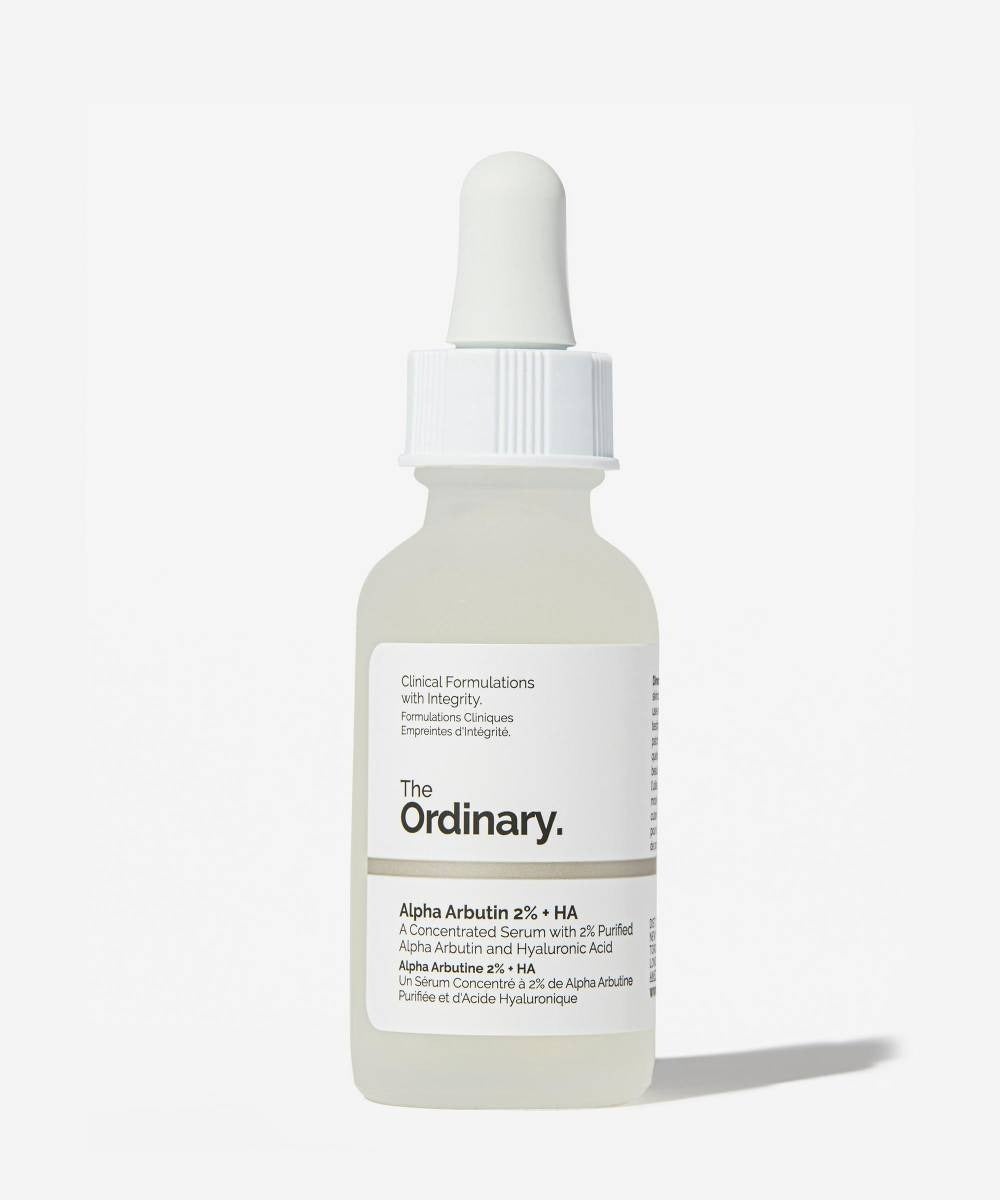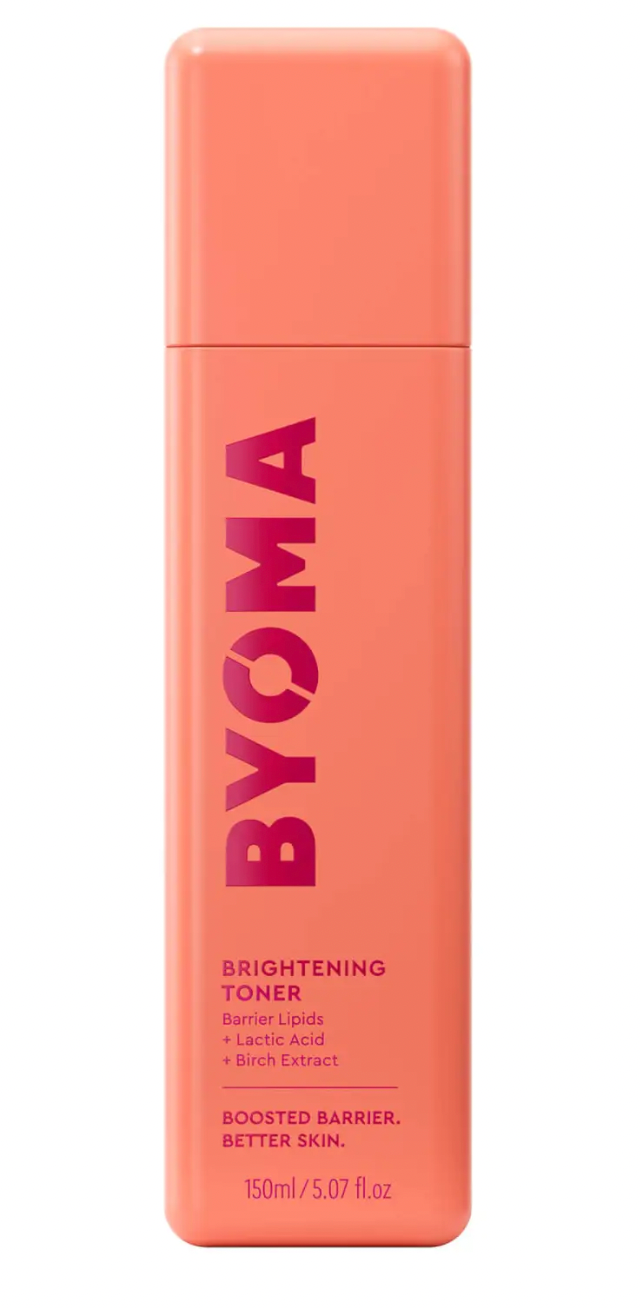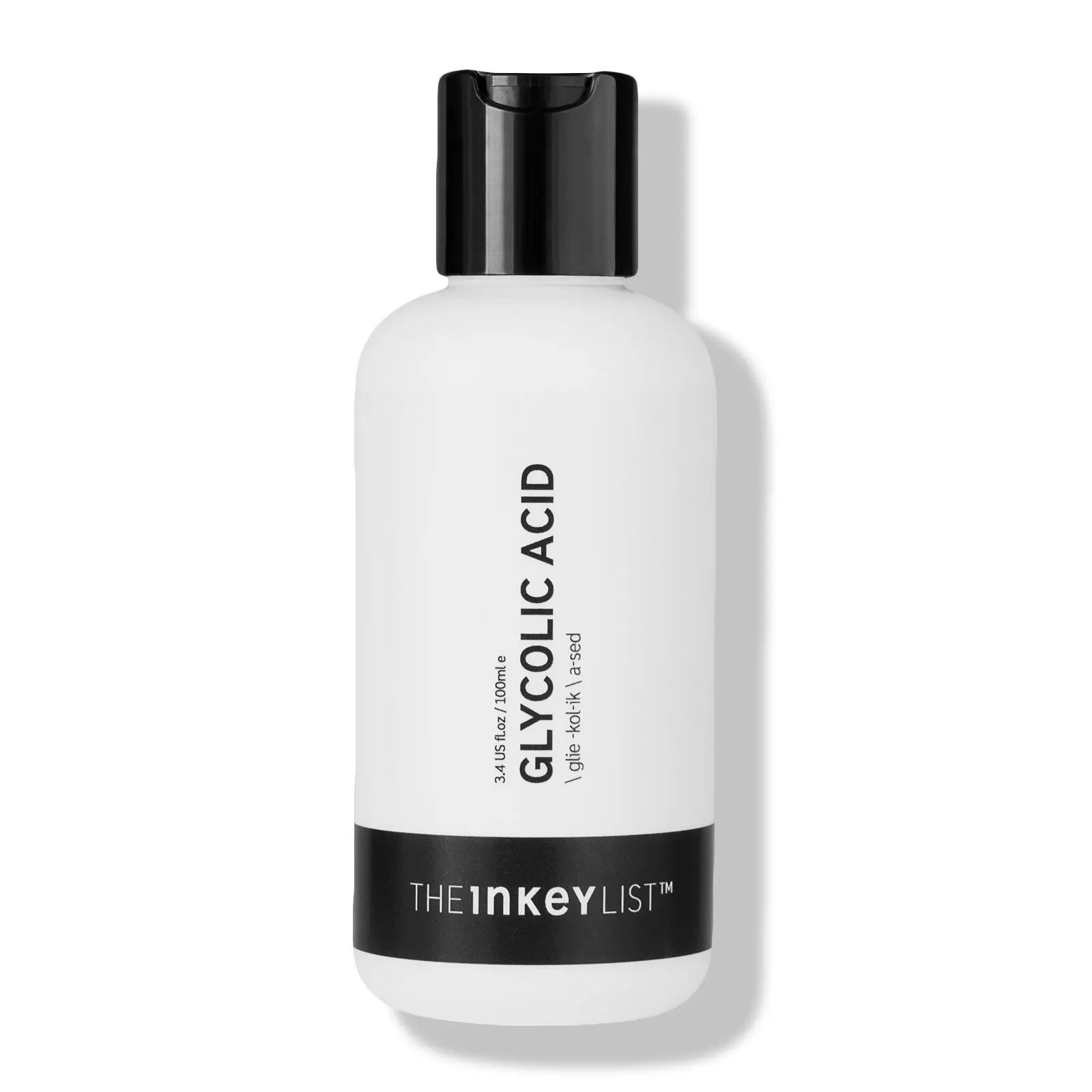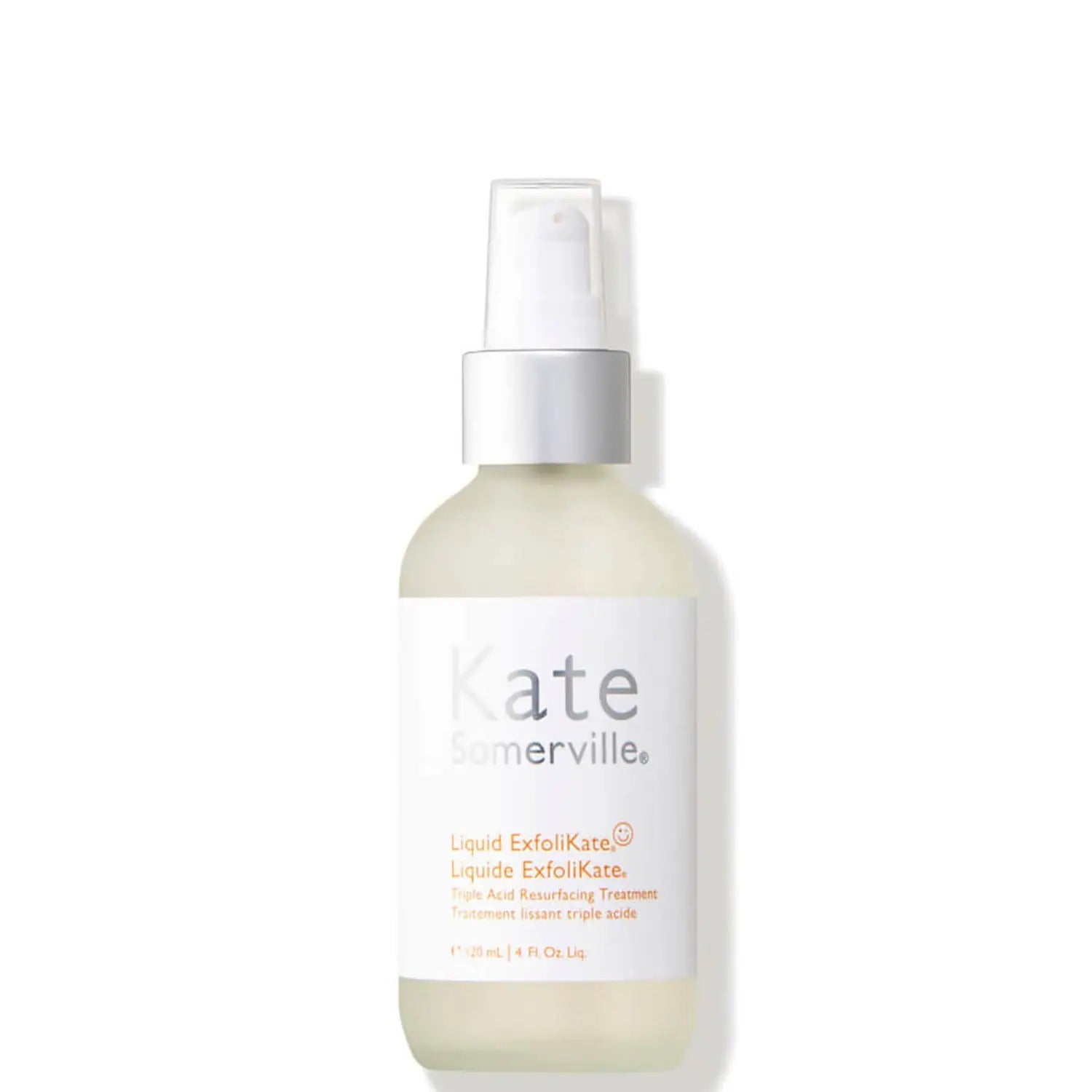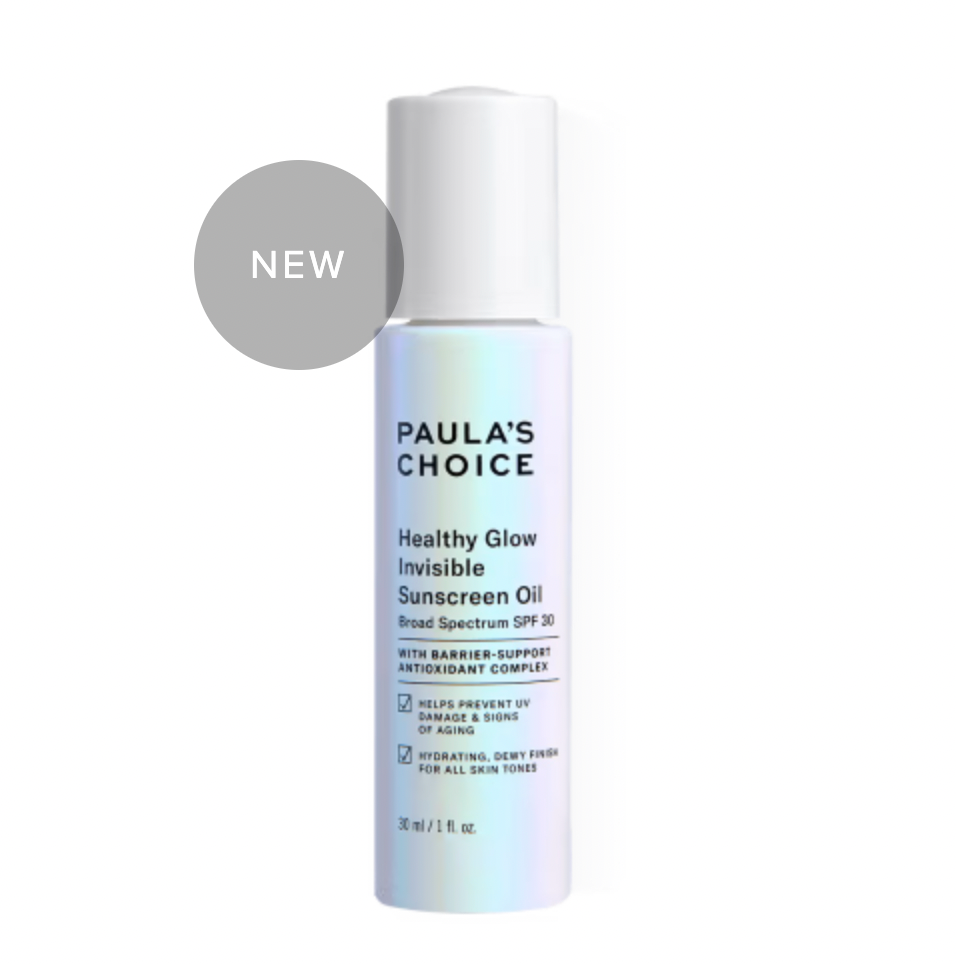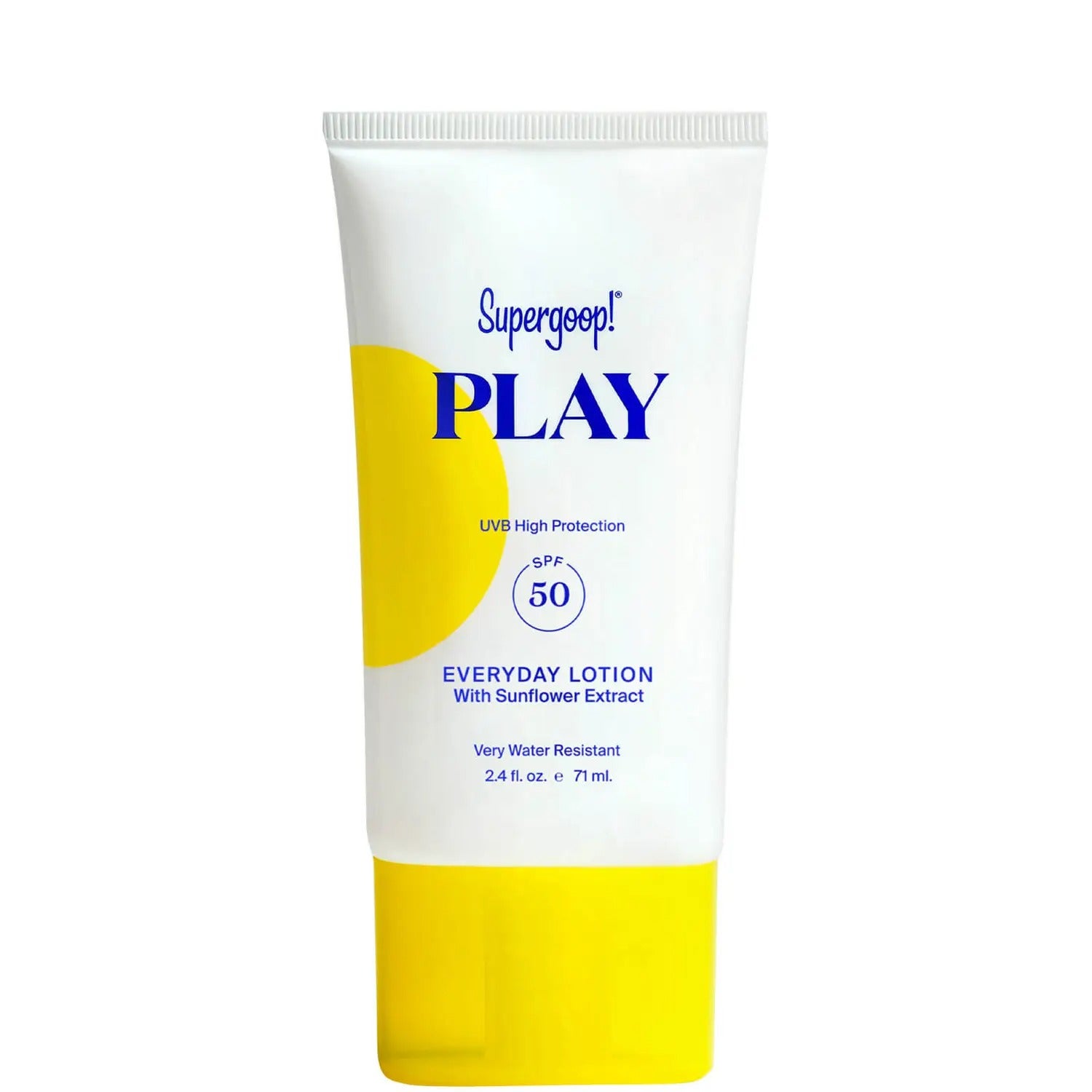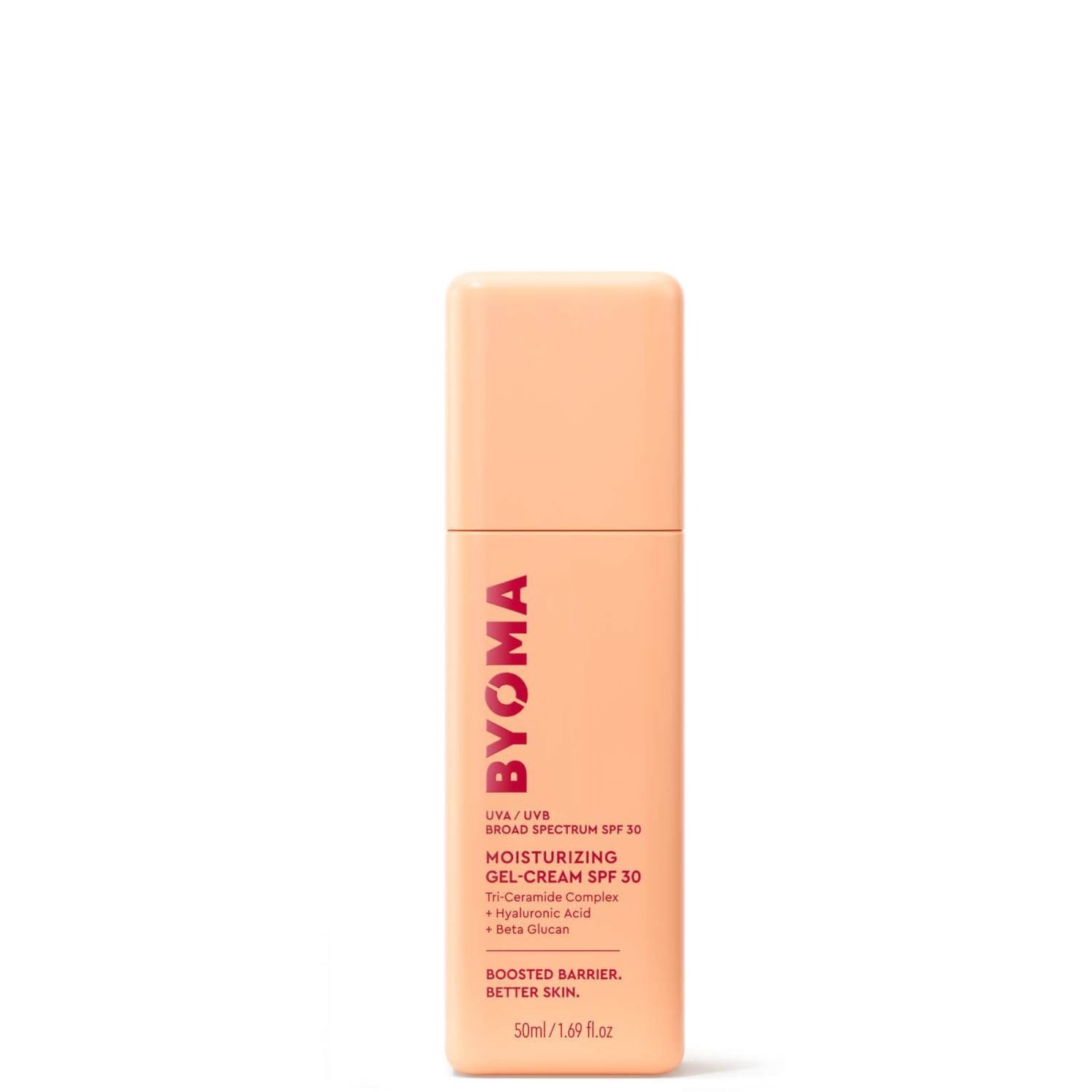Dark marks across my cheeks and forehead have faded like old memories; the constellation-like pattern of acne scars from my teens and early twenties have gradually become undetectable over time. I’ve spent a lot of energy (and money) tackling my skin’s hyperpigmentation to erase any evidence of past skin issues. Mainly because it’s been hard not to see discolouration, and anything other than an even skin tone, as something I need to fix. Hyperpigmentation — patches of skin darker than your skin tone caused by an increase of melanin — may be common and more noticeable amongst people with dark skin tones, yet it doesn’t make the emotional impact of pigmentation marks any less difficult for some to deal with. Our fave Keke Palmer has often spoken about the emotional toll of acne and pigmentation marks as a result of PCOS and, in 2017, spoke about her decision to accept the skin she’s in. In an Instagram post, she wrote “acne, acne scarring, hyperpigmentation, happens. Nothing to feel ashamed about and nothing to rush to fix to make OTHER PEOPLE comfortable. If they can't stand your skin that's their problem.”
AdvertisementADVERTISEMENT
On social media, there is a distinct disconnect between clear skin trends such as “glass skin” or the “clean girl” and the skin-positivity movement where blemishes, texture, pores, pimples, stretch marks and more are embraced and given necessary visibility. Yet, cutting through the noise, there is still a demand and need in understanding how to fade unwanted pigmentation safely and effectively — especially for Black and brown folks. On TikTok, videos detailing how to clear hyperpigmentation on dark skin have amassed more than 8 million views and counting. In the age of skincare influencers (some qualified estheticians and dermatologists, others skincare enthusiasts), advice on how to treat hyperpigmentation can often be complicated, expensive and not always the best approach for individual needs. Alicia Lartey — a Black esthetician from London known for helping demystify the world of skincare with digestible, science-backed advice — has created a guide to understanding hyperpigmentation, especially on darker skin tones.
What is hyperpigmentation & why is it most common in darker skin tones?
Melanin is a blessing — this isn’t up for debate — but due to melanin, hyperpigmentation can be more prevalent with deep skin tones. “People with more melanin have more robust melanocytes, and can produce more pigment —which is why those with dark skin often have more dark spots, explained Dr. Charles, a New York-based dermatologist to Refinery29. “Post-inflammatory hyperpigmentation (PIH) is the most frequent type of dark mark and often comes from our own doing. PIH is the result of acne, trauma, eczema, or a rash. When that inflammation goes away, the skin develops more melanin. The marks can pop up anywhere on your skin a few days after the injury and are typically small, localised, and dark brown.”
AdvertisementADVERTISEMENT
Hyperpigmentation on the body due to friction (shaving, walking, living…) on the inner thighs, backs of necks, armpits and upper pubis area is also common with Black skin tones and entirely normal. Hyperpigmented areas on the elbows and kneecaps are also common with darker skin tones and can be difficult to treat.
What is The Lartey Hyperpigmentation Scale & why is it necessary?
Alicia Lartey created the hyperpigmentation scale whilst training as an aesthetician, after noticing that “all the models and materials” used for teaching were based on white skin types. For the aesthetician, who also works in product innovation, the overarching aim of the guide is for it to become an educational tool for everyone dealing with the physical and emotional impact of hyperpigmentation. It’s somewhat similar to The Fitzpatrick Scale which classifies skin tone in relation to how it responds to UV rays, yet instead, The Lartey Scale helps to identify your post-inflammatory hyperpigmentation and offers advice on how to both manage and accept it.
“[The guide] can be applied to all skin tones. It can help you understand what type of hyperpigmentation you've got and then from there, you can start dealing with the actual pigmentation,” she explains to Unbothered. “[The scale] gives you an idea of whether you need something prescription-based, or something over-the-counter like a cosmetic product. It gives you a lot of guidance, and it stops you from wasting money.”
How does The Lartey Scale Help identify hyperpigmentation?
Lartey’s guide categorises the intensity of hyperpigmentation marks from zero (an entirely even skin tone) to four (the most severe) and each category offers product and ingredient recommendations for treating your individual needs. For example, my hyperpigmentation marks fall in the range of one-two, meaning I have post-inflammatory hyperpigmentation (or “melanosis”) that has faded and is one to two shades darker than my complexion. With the help of the scale, I am able to be intentional about the best ingredients for my skin needs.
AdvertisementADVERTISEMENT
What does The Lartey Scale recommend for hyperpigmentation?
For skin with minimal or faded hyperpigmentation, The Lartey Scale suggests using ingredients such as salicylic acid and alpha arbutin (respectively, my tried and true faves are Paula’s Choice Salicylic Acid (£34) and The Ordinary’s Alpha Arbutin(£9.90) and recommends products such as The Inkey List Glycolic Acid Toner (£9.98), Kate Sommerville’s Exfolikate (£78) and Byoma’s Brightening Toner (£11.99). Interestingly, Lartey leans away from vitamin C, a common ingredient widely recommended for skin brightening. “It just does not work as well as people think it does,” she says. “I think it's great when dealing with my lighter skin clients who don't have much pigmentation but not for deep dermal pigmentation on darker skin.”
For those with pigmentation marks up to six times darker than their skin tone, The Lartey Scale recommends more intensive ingredients such as retinoids, tretinoin and prescription-only ingredients such as hydroquinone (a topical ingredient known for its ability to inhibit melanin production). The more aggressive approach to treating hyperpigmentation should come with the advice of a licensed professional. For all skin tones, it is imperative to use SPF every day to protect the skin from harmful sun rays as well as prevent the exacerbation of hyperpigmentation. Without adequate sun protection any attempts to improve hyperpigmentation could be set back and in some circumstances, made worse.
Are lasers safe for tackling hyperpigmentation in dark skin?
Lasers haven’t always had the best reputation amongst Black and brown folk. The light-emitting devices are widely used to help acne scarring, sun spots, melasma and more but they have been rumoured to cause burns and hyperpigmentation in dark skin (for years, I thought laser facials were a no-go). However, technological advancements mean it has become easier to find laser treatments which are safe for melanin-rich skin.
AdvertisementADVERTISEMENT
The FDA-approved Nd:Yag laser is considered one of the most effective and safest lasers for Black and Asian skin tones. In simple terms, it uses a longer wavelength of light compared to other commercial lasers and is praised for its ability to differentiate between skin pigment and hair follicles. Speaking to Refinery29 in 2019, dermatologist Dr Lester explained further: “To be clear, anyone can get a burn with any laser. However, many devices like the Nd:Yag laser have great wavelengths that sidestep this issue.”
Still, laser facials should be approached with ample caution and with the advice of a trusted healthcare practitioner who has had experience working with dark skin. “Your practitioner needs to know what the extra heat can look like on [darker skin], what [Black skin] looks like when it's burning. And that comes with a practitioner who has a melanin-safe mindset,” says Lartey.
Why is there stigma when it comes to treating hyperpigmentation?
The shadow of colourism looms over the conversation about Black skin and hyperpigmentation, and the process of treating and lightening dark marks is often likened to skin-lightening and other bleaching practices. Others believe the demand to reduce naturally-occurring pigmentation is just another way to perpetuate the insidious notion that lighter skin is better. The global skin-lightening industry is set to be worth almost $9 billion by 2024 (approximately £7 billion) and predominately targets Black and brown women. Many of the products remain unregulated and consistent use of some skin-bleaching products can cause permanent damage.
AdvertisementADVERTISEMENT
“Hydroquinone is often linked to bleaching creams and while it is an ingredient that can be found in those bleaching creams it's not necessarily a bleaching agent,” says Lartey, who stresses that with proper use harm isn’t caused. “One thing that I always look for when I'm speaking to my clients is the language they use,” she adds. “I've had clients wanting to lighten their skin tone and I have to stress that [with my treatments] I will only correct your hyperpigmentation back to your original skin tone.”
“Many of my Black and brown clients complain about their inner thighs being darker, or their mons' pubis area being darker [than the rest of their skintone]. But they tend to forget that, when your legs rub or when there is a lot of friction in that area, it is inevitable that it will get darker over time.” Lartey adds. “You’ll end up chasing a cycle of treating [the area] and the hyperpigmentation comes back if you don't stop your legs rubbing. And then that's where things get a little bit dangerous because you risk suggesting to someone that their thighs need to be slimmer and that is just a nightmare.”
The pursuit of an “even skin tone” is a universal one — at least by mainstream standards of beauty. In the Black community, glistening, well-moisturised, poreless, ageless skin appears to be a very specific beauty standard many of us feel compelled to live up to. The obvious truth is that it is unrealistic and near impossible to achieve blemish-free skin, and hyperpigmentation is one of the many inevitable results of living.
At Refinery29, we’re here to help you navigate this overwhelming world of stuff. All of our market picks are independently selected and curated by the editorial team. If you buy something we link to on our site, Refinery29 may earn commission.
AdvertisementADVERTISEMENT







